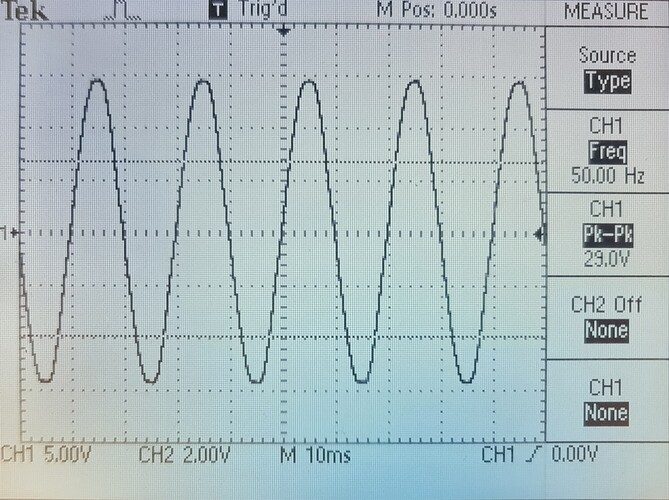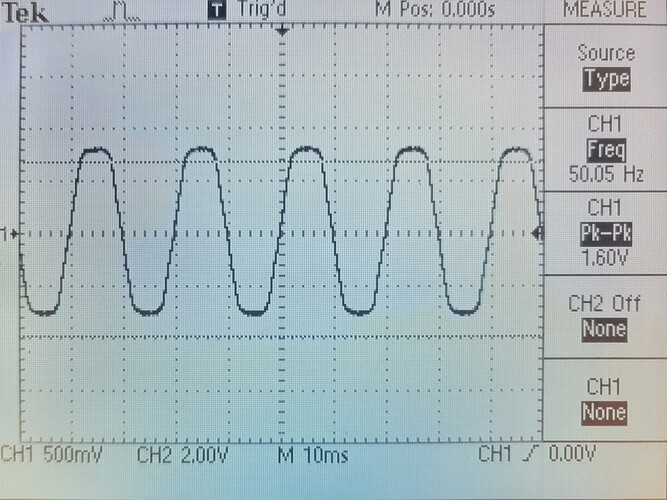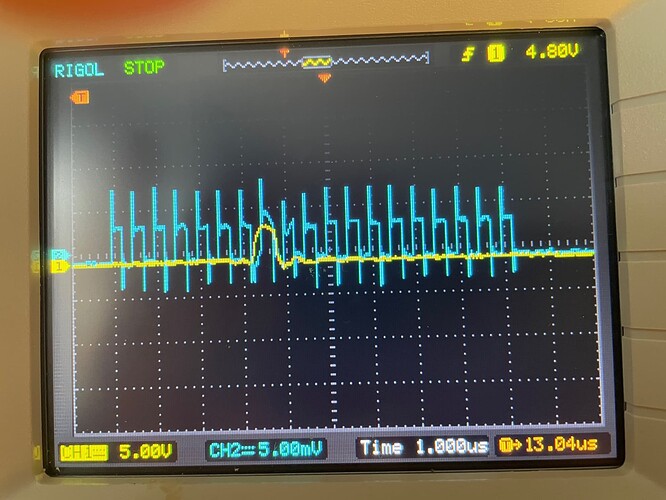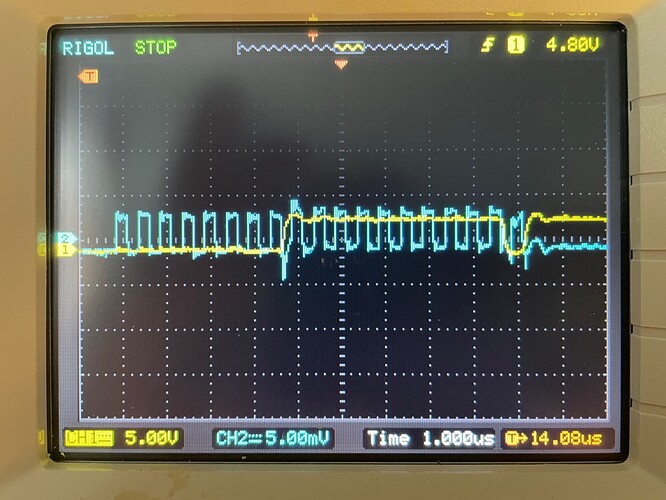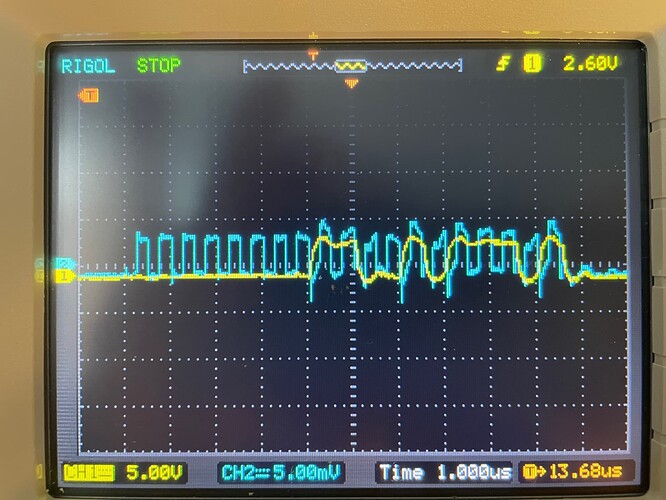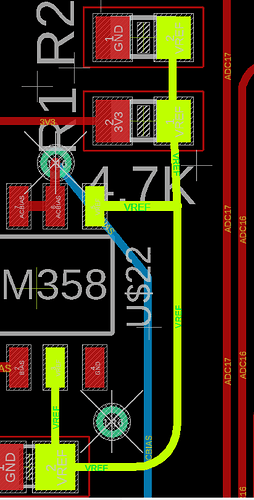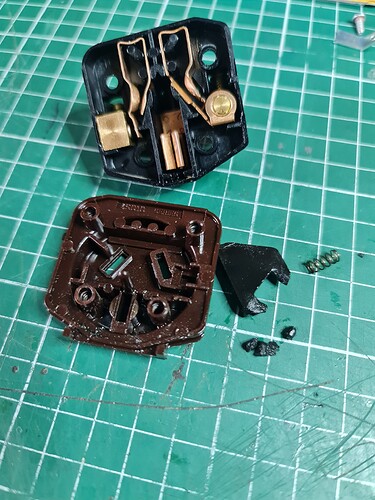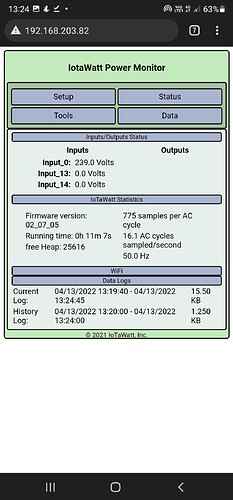OK,
That bit put me off:
But maybe it is floating line when CS is not active? anyway…
I wiped the config and started from scratch. I configured channels 0,13,14 as VT with MP3027.
Still all zeros (I tried all 3 inputs):
Once the 13,14 are configured as VT I notice trace statement in log:
** Restart **
SD initialized.
3/31/22 10:37:28z Real Time Clock is running. Unix time 1648723048
3/31/22 10:37:28z Reset reason: Software/System restart
3/31/22 10:37:28z Trace: 1:2, 1:3, 1:3, 1:1[13], 1:2[14], 9:0[14], 9:0, 8:4, 8:2[14], 8:2[14], 1:2, 1:3, 1:3, 1:1[14], 1:2, 9:0, 9:0, 8:2, 8:2, 1:2, 1:3, 1:3, 1:1, 1:2[13], 9:0[13], 9:0, 8:2[13], 8:2[13], 1:2, 1:3, 10:2, 10:3
3/31/22 10:37:28z ESP8266 ID: 14700508, RTC M41T81 (68)
3/31/22 10:37:28z IoTaWatt 4.x, Firmware version 02_07_05
3/31/22 10:37:28z SPIFFS mounted.
3/31/22 21:37:28 Local time zone: +11:00
3/31/22 21:37:28 device name: IotaWatt
3/31/22 21:37:28 HTTP server started
3/31/22 21:38:32 Restart command received.
** Restart **
SD initialized.
3/31/22 10:38:33z Real Time Clock is running. Unix time 1648723113
3/31/22 10:38:33z Reset reason: Software/System restart
3/31/22 10:38:33z Trace: 8:2, 1:2, 1:3, 1:3, 1:1, 1:2[13], 9:0[13], 9:0, 8:2[13], 8:2[13], 1:2, 1:3, 1:3, 1:1[13], 1:2[14], 9:0[14], 9:0, 8:2[14], 8:2[14], 1:2, 1:3, 1:3, 1:1[14], 1:2, 9:0, 9:0, 8:2, 8:2, 1:2, 1:3, 10:2, 10:3
3/31/22 10:38:33z ESP8266 ID: 14700508, RTC M41T81 (68)
3/31/22 10:38:33z IoTaWatt 4.x, Firmware version 02_07_05
3/31/22 10:38:33z SPIFFS mounted.
3/31/22 21:38:33 Local time zone: +11:00
3/31/22 21:38:33 device name: IotaWatt
3/31/22 21:38:33 HTTP server started
Any ideas?
